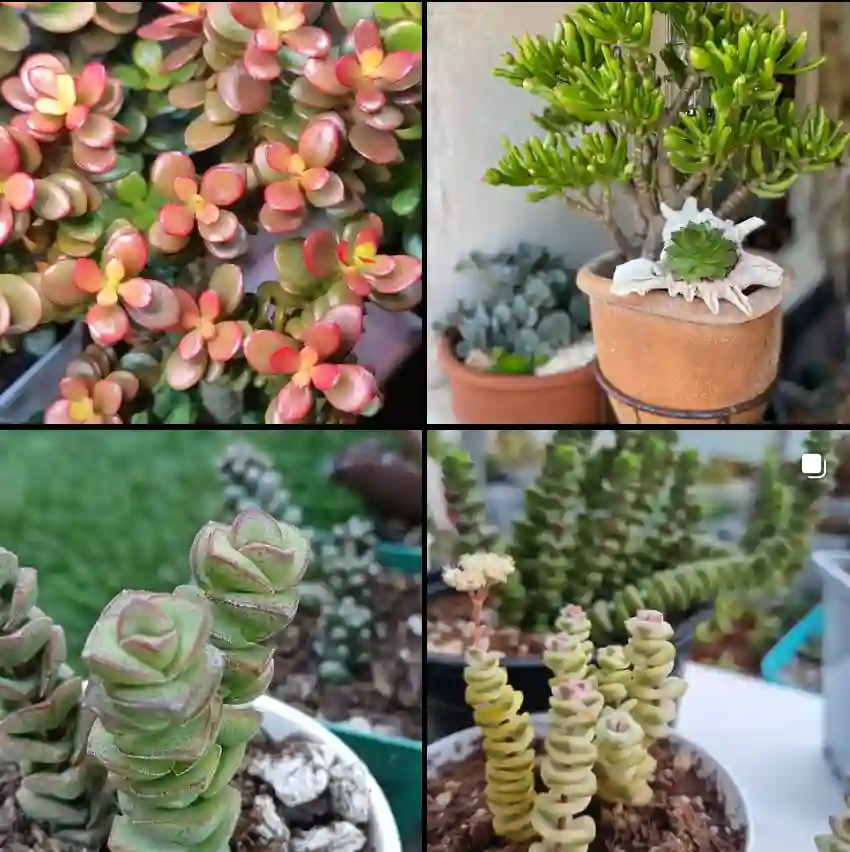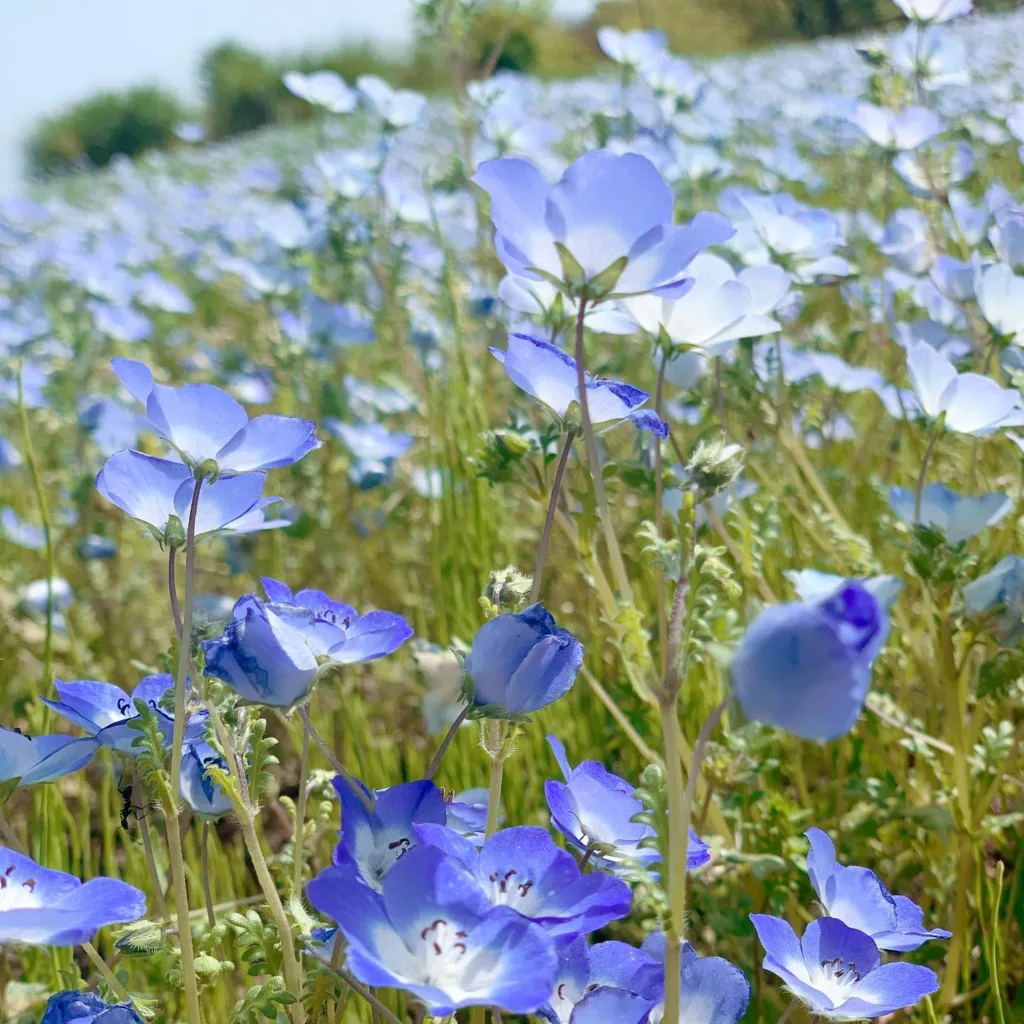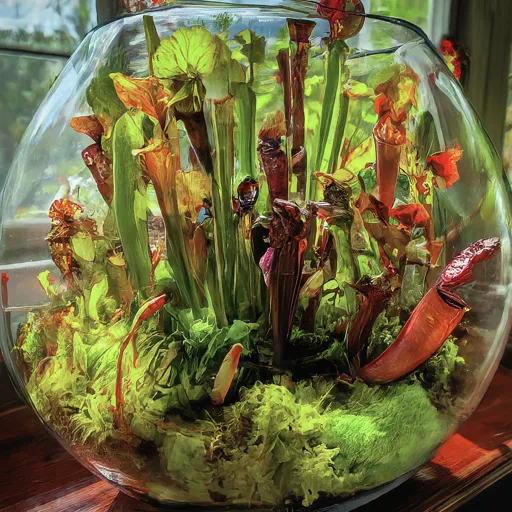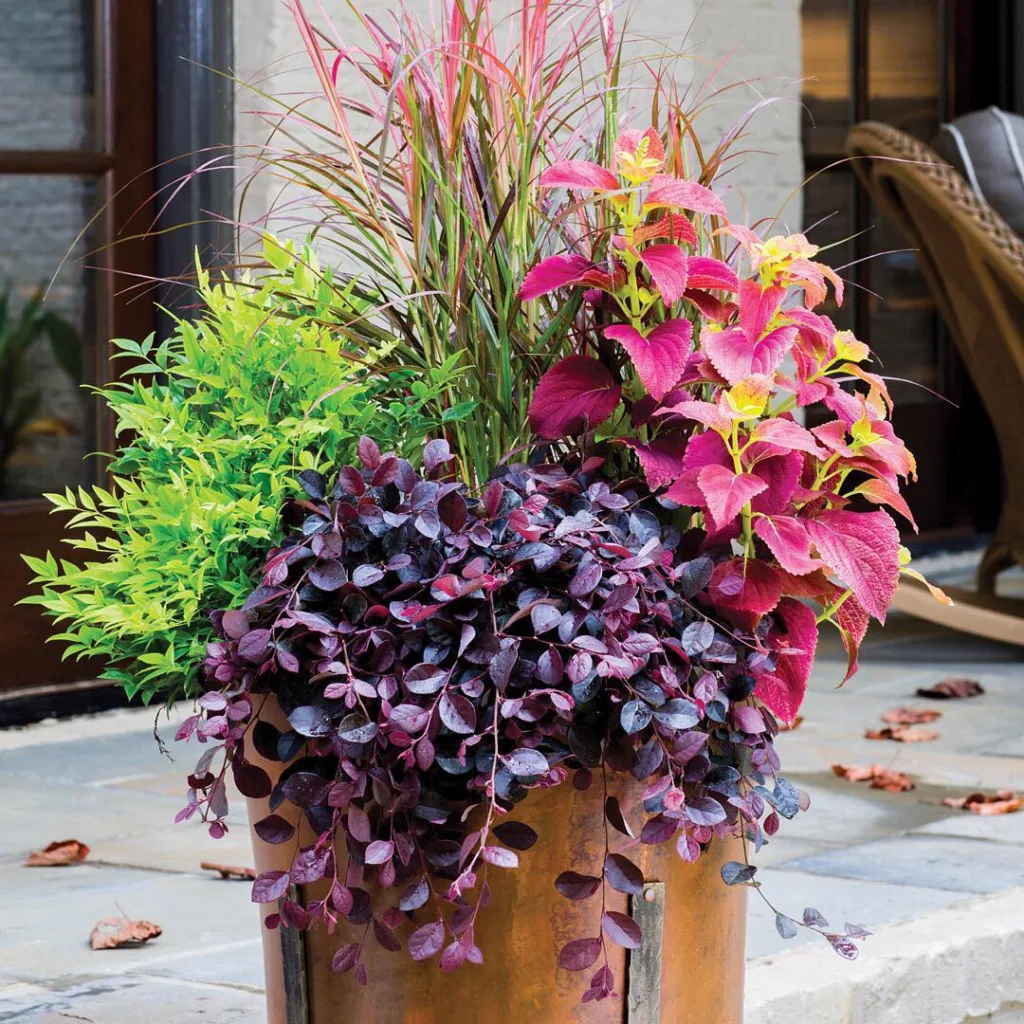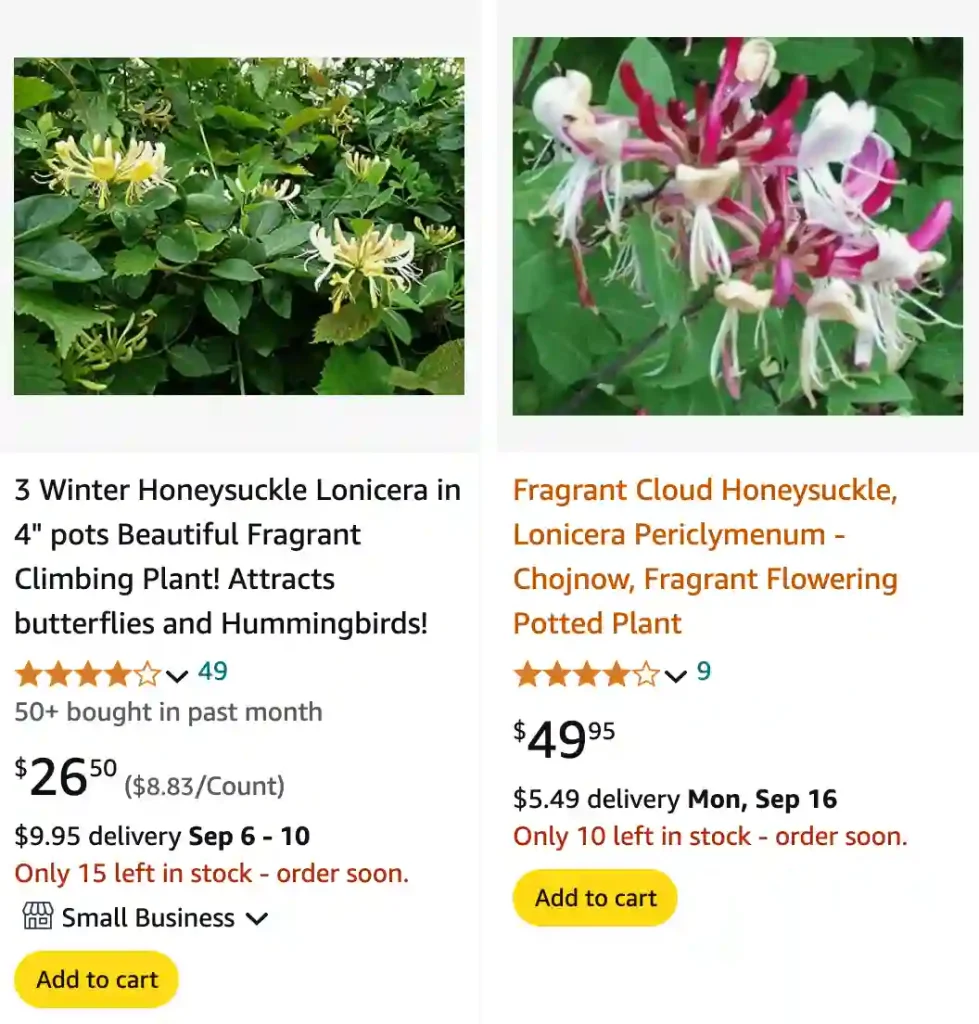
FAQs About Lonicera Periclymenum
I’ve often found myself diving deep into the world of plants, and one that keeps coming up in my gardening circles is Lonicera Periclymenum, also known as honeysuckle. If you’re anything like me, you probably have a ton of questions about this versatile and charming plant. Here’s a detailed FAQ to answer some of the most common inquiries I’ve encountered.
162 Species in Genus Lonicera
What Is Lonicera Periclymenum?
Lonicera Periclymenum, or European Honeysuckle, is a deciduous, woody vine known for its fragrant flowers and vigorous growth. Native to Europe, this plant is renowned for its ability to cover trellises, fences, and walls with lush greenery and colorful blooms.
Is Lonicera Periclymenum Evergreen?
No, Lonicera Periclymenum is not evergreen. This honeysuckle is deciduous, which means it sheds its leaves in the fall. During winter, you’ll be left with bare stems, though the plant will bounce back beautifully in spring.
Is Lonicera Periclymenum Invasive?
Lonicera Periclymenum can indeed be invasive in certain regions, especially in North America. Its vigorous growth and ability to spread rapidly can outcompete native plants. It’s wise to keep an eye on its growth and manage it carefully to prevent it from becoming a nuisance in your garden.
How Can You Tell If a Honeysuckle Is Lonicera Periclymenum?
Identifying Lonicera Periclymenum involves looking for a few key features. This honeysuckle has tubular, two-lipped flowers that are usually creamy white or yellow, turning pink with age. The leaves are ovate, smooth, and opposite. Additionally, the plant tends to have a sweet fragrance, which is a hallmark of many honeysuckles.
Does Lonicera Periclymenum Have Blue Blueberries?
No, Lonicera Periclymenum does not produce blue blueberries. It bears small, round berries that turn red to black as they mature. These berries are not particularly showy and are often overlooked compared to the plant’s vibrant flowers.
What Do Lonicera Periclymenum Berries Taste Like?
The berries of Lonicera Periclymenum are not particularly tasty. They are mildly sweet but can be a bit bland and are generally not consumed. They are not toxic but are not recommended for human consumption due to their lack of flavor and potential digestive upset if eaten in large quantities.
Is Lonicera Periclymenum Deer Resistant?
Lonicera Periclymenum is not particularly deer-resistant. Deer may browse on the plant, especially in areas where their usual food sources are scarce. If you have a deer problem, you might need to use repellents or choose alternative plants that are more resistant to deer.
Is Lonicera Periclymenum Poisonous?
Lonicera Periclymenum is not considered highly toxic. However, its berries can be mildly toxic if consumed in large quantities, leading to potential stomach upset. It’s best to keep pets and children away from the berries to avoid any possible issues.
When to Prune Lonicera Periclymenum?
Pruning Lonicera Periclymenum is best done in late winter or early spring before new growth begins. This timing helps to shape the plant and remove any dead or damaged wood. Pruning after the plant has finished flowering can also encourage a healthier and more compact growth.
How to Care for Lonicera Periclymenum?
Caring for Lonicera Periclymenum involves regular watering, especially during dry spells, and ensuring it has well-draining soil. It benefits from occasional feeding with a balanced fertilizer to support its vigorous growth. Providing a structure for it to climb will help it thrive and showcase its beautiful blooms.
How to Propagate Lonicera Periclymenum?
Propagating Lonicera Periclymenum can be done through softwood cuttings taken in late spring or early summer. Ensure you use a rooting hormone and keep the cuttings in a warm, humid environment until they develop roots. Alternatively, you can propagate through layering by pegging down a stem and allowing it to root before separating it from the parent plant.
Where to Buy Lonicera Periclymenum?
You can buy Lonicera Periclymenum at most garden centers and nurseries, particularly those specializing in vines and climbing plants. Online retailers also offer a variety of honeysuckle plants, making it easy to find a suitable specimen for your garden.
Lonicera Periclymenum vs Lonicera Japonica
When comparing Lonicera Periclymenum with Lonicera Japonica (Japanese Honeysuckle), there are a few differences to note. Lonicera Periclymenum is a deciduous vine with tubular, fragrant flowers that turn pink with age. In contrast, Lonicera Japonica is evergreen and features white or yellow, tubular flowers that are also fragrant but more aggressive in its growth habits. Lonicera Japonica is known for its invasive tendencies in many areas, whereas Lonicera Periclymenum is generally less aggressive but still requires management.
What to Plant With Lonicera Periclymenum?
Lonicera Periclymenum pairs well with other climbing plants, such as clematis or roses, to create a layered and textured vertical garden. You can also plant it alongside perennial flowers like daylilies or hostas for a striking contrast in textures and colors.
Can You Grow Lonicera Periclymenum Indoors?
While Lonicera Periclymenum is primarily an outdoor plant, you can grow it indoors if you provide the right conditions. It needs plenty of light, a large enough container, and space for its vines to climb. However, it’s more commonly enjoyed as an outdoor plant due to its size and growth requirements.
Common Problems with Lonicera Periclymenum
Common problems with Lonicera Periclymenum include powdery mildew and aphid infestations. Ensuring good air circulation and avoiding overhead watering can help prevent mildew. Regular inspections and using insecticidal soap can manage aphid issues effectively.
By addressing these FAQs, I hope to have shed some light on the various aspects of Lonicera Periclymenum. Whether you’re thinking of adding this honeysuckle to your garden or just curious about its characteristics, knowing these details can help you make informed decisions and enjoy the beauty this plant brings to any space.
If i die, water my plants!
